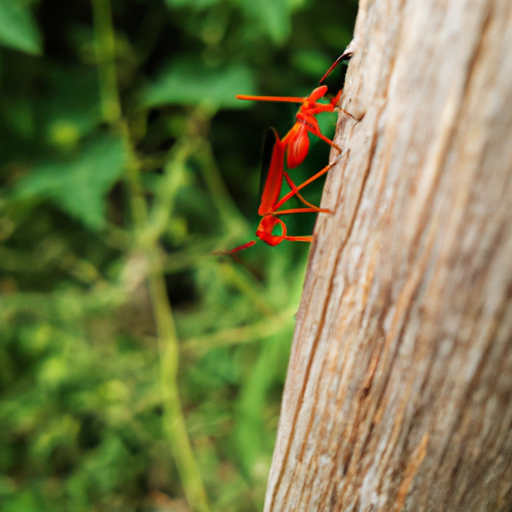 Introduction:
Introduction:
Monogamy, a form of social organization where individuals form long-term pair bonds, is a rare phenomenon in the animal kingdom. While many animals engage in promiscuity, polygyny, or polyandry, a select few species exhibit monogamous behavior. This article aims to provide an in-depth exploration of monogamy in the animal kingdom, shedding light on the reasons behind this unique adaptation, the ecological implications, and the diverse range of species that practice monogamy.
I. Defining Monogamy:
Monogamy refers to the practice of having only one mate for a prolonged period or throughout the lifetime of an individual. It is essential to distinguish two types of monogamy: social monogamy, where individuals form pair bonds and share resources, and sexual monogamy, where individuals exclusively mate with their partner. While social monogamy is more common than sexual monogamy, both forms have evolved in various species.
II. Monogamy in Avian Species:
1. Swans: Known for their elegance and grace, swans are iconic symbols of monogamous relationships. These majestic birds form lifelong pair bonds, engaging in synchronized courtship rituals and raising their offspring together.
2. Penguins: Many penguin species, such as the Emperor and Adélie penguins, practice monogamy. Mates take turns incubating eggs and caring for chicks, showcasing remarkable commitment and cooperation.
3. Albatrosses: These seabirds exemplify extreme monogamy, with pairs reuniting annually after long migratory journeys. Albatrosses spend years apart but manage to recognize and reunite with their lifelong partner each breeding season.
III. Monogamy in Mammals:
1. Primates: Several primate species exhibit monogamous behavior. Gibbons, for instance, form lifelong pair bonds and engage in elaborate duets to strengthen their bond. Certain species of marmosets and tamarins also exhibit monogamous relationships.
2. Wolves: Wolves are social animals that form monogamous pairs, usually referred to as alphas or breeding pairs. These pairs work together to raise their offspring and maintain the social order within the pack.
3. Beavers: These industrious rodents build elaborate dams and lodges, often as a family unit. Beavers typically mate for life and share responsibilities in constructing and maintaining their habitat.
IV. Monogamy in Fish:
1. Seahorses: Seahorses are remarkable in their approach to monogamy. Males take on the role of pregnancy, carrying their partner’s eggs in a specialized pouch until they hatch. This unique reproductive strategy has solidified their reputation as one of nature’s most devoted fathers.
2. Pipefish: Similar to seahorses, pipefish also exhibit male pregnancy. Males receive eggs from their female partners, which they carry and protect until hatching. This mutual investment ensures the survival of their offspring.
3. Lake Tanganyika Cichlids: These colorful fish species demonstrate a remarkable form of monogamy called pair bonding. Male and female cichlids form stable pair bonds and collaborate in territorial defense and brood care.
V. Monogamy in Invertebrates:
1. Termites: Certain termite species, such as the dampwood termites, exhibit monogamous relationships. A king and queen establish a lifelong bond and work together to sustain and expand their colonies.
2. Parasitic Wasps: Some solitary parasitic wasps display monogamous behavior, with males and females forming pair bonds during mating. These wasps engage in shared nest-building and parental care, ensuring the survival of their offspring.
Conclusion:
Monogamy, though relatively rare, exists in several animal species, encompassing a diverse range of taxonomic groups. From birds and mammals to fish and invertebrates, these examples of monogamous behavior reveal the remarkable adaptations and benefits associated with long-term pair bonding. Understanding the advantages and ecological implications of monogamy in the animal kingdom provides valuable insights into the complexity and diversity of the natural world.
